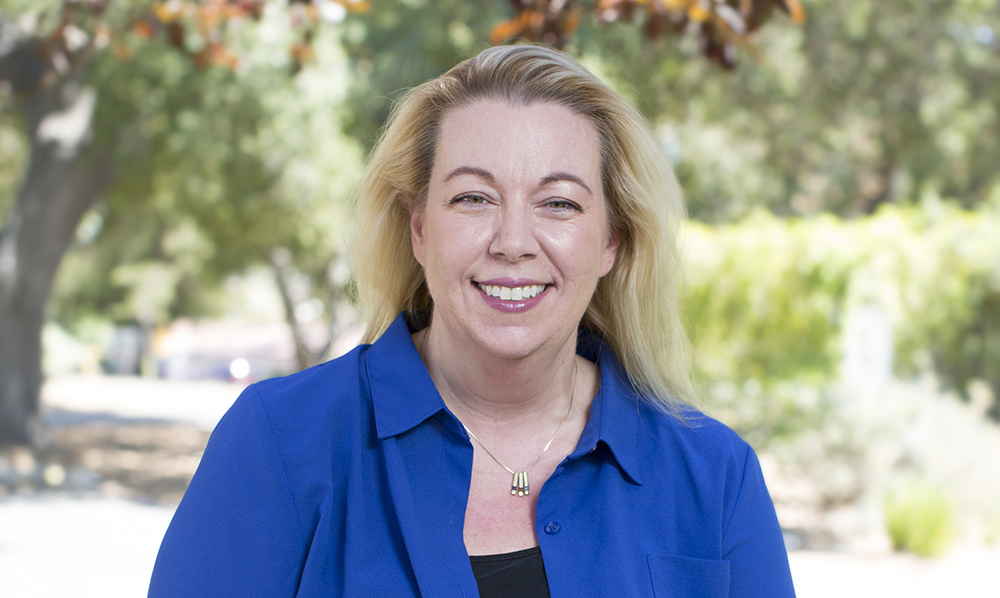Harvey Mudd Mathematician Creates Model for Personalized COVID Vaccine Protection
November 15, 2022
You’ve been vaccinated against COVID-19—but how long will that protection last?
Harvey Mudd College mathematics professor Lisette de Pillis worked with biotech startup Aditxt Inc. to answer part of that question. The company has developed a test that measures how well antibodies produced in response to mRNA vaccines neutralize the virus’ activity and prevent infection.
Aditxt wanted to pair their test with more information about when these neutralizing antibodies offer the most protection, and how long they last in a vaccinated person, so they turned to de Pillis for help. She developed a simple mathematical model, published in the Journal of Theoretical Biology, that predicts how these antibodies wax and wane over time in people who have received two vaccine doses.
Part of the motivation for the work, she explains, “would be for an individual to understand how protected they are, whether should they take precautions if they’re going into a high-risk situation—to know for themselves,” compared to relying on advice gleaned from population-level studies.
De Pillis’ model uses only four personalized parameters to capture changes in a person’s neutralizing antibody levels over time, as measured in 32 vaccinated volunteers by the AditxtScore™ for NAbs test. The company had asked her to come up with as simple a model as possible, a challenge that de Pillis enjoys.
“Over the range of different antibody responses we get, whether the vaccine is from Pfizer or Moderna, whether the person is male or female, we can use the same model and simply change the parameters,” she says. “We don’t need a new model to capture all of those different scenarios.”
Her model uncovered some intriguing details. For instance, the model shows that people who have strong antibody responses right after being vaccinated don’t always have persistently strong antibodies over time. But a weak initial response does tend to predict weak antibody persistence, according to the study.
The study also contained a few married couples living in the same household. The researchers found that “in every case that we had, the female partner had at least as strong if not a stronger antibody response than the male partner,” says de Pillis, Norman F. Sprague Jr. Professor of Life Sciences and Professor of Mathematics at Harvey Mudd.
De Pillis and her colleagues also discovered that they could test for antibodies at only three strategic times—about two weeks, three months and six months after vaccination—and the model worked just as well as if they had included data from many more tests.
The researchers are now testing the model with more vaccinated participants to learn more about antibody dynamics in people who are recovering from COVID-19 versus those who have never been infected.
The goal, says de Pillis, is to use the model to understand the connections between neutralizing antibody levels and breakthrough infections, and to guide decisions about whether and when booster vaccinations are necessary.
Most of de Pillis’ work involves mathematical modeling of cancer immunology, looking at how the activity of the immune system affects a cancer’s progress. In both cancer and COVID-19, she says, the models “give us insight into the underlying mechanisms” of disease that are necessary to create new treatments.
